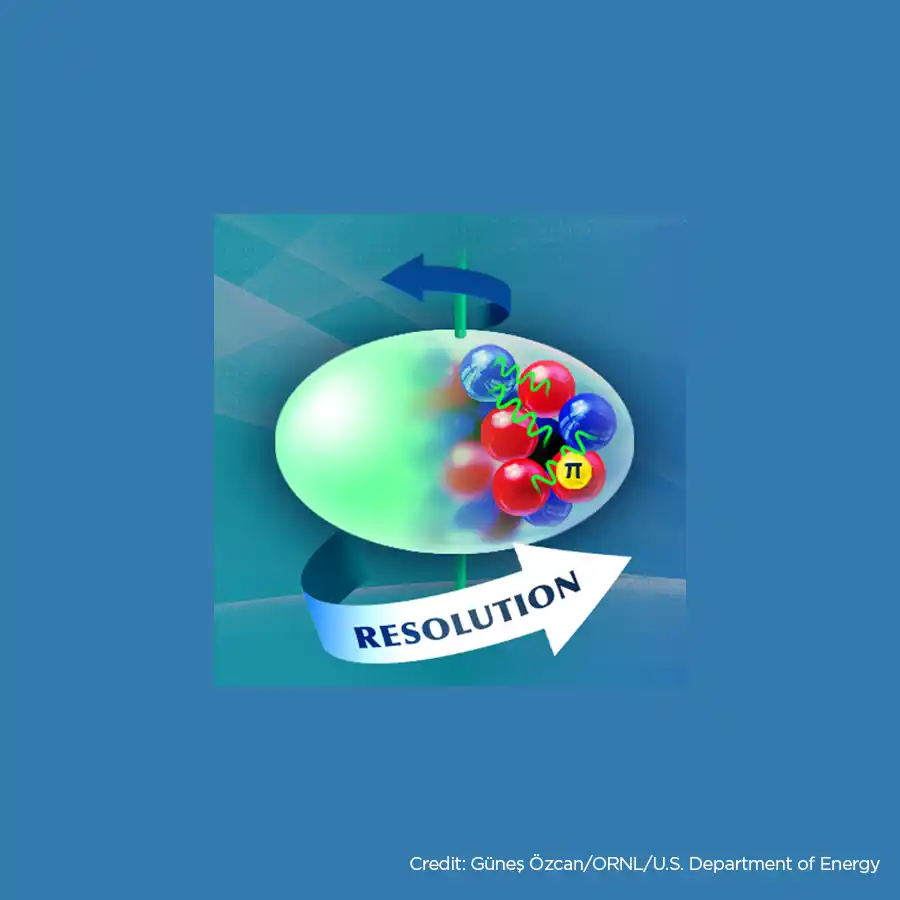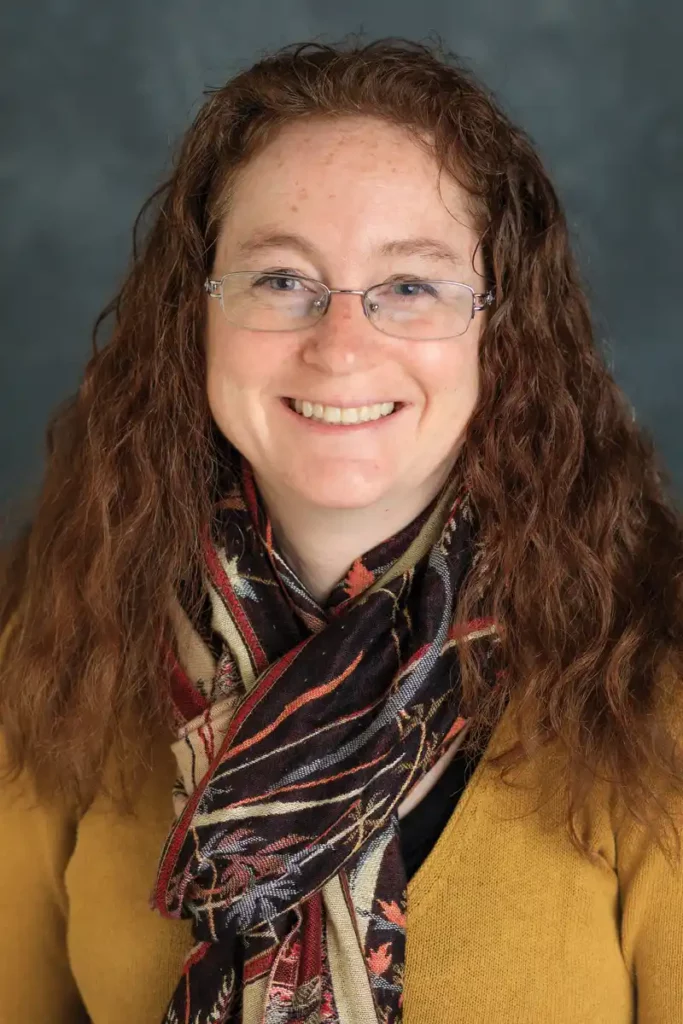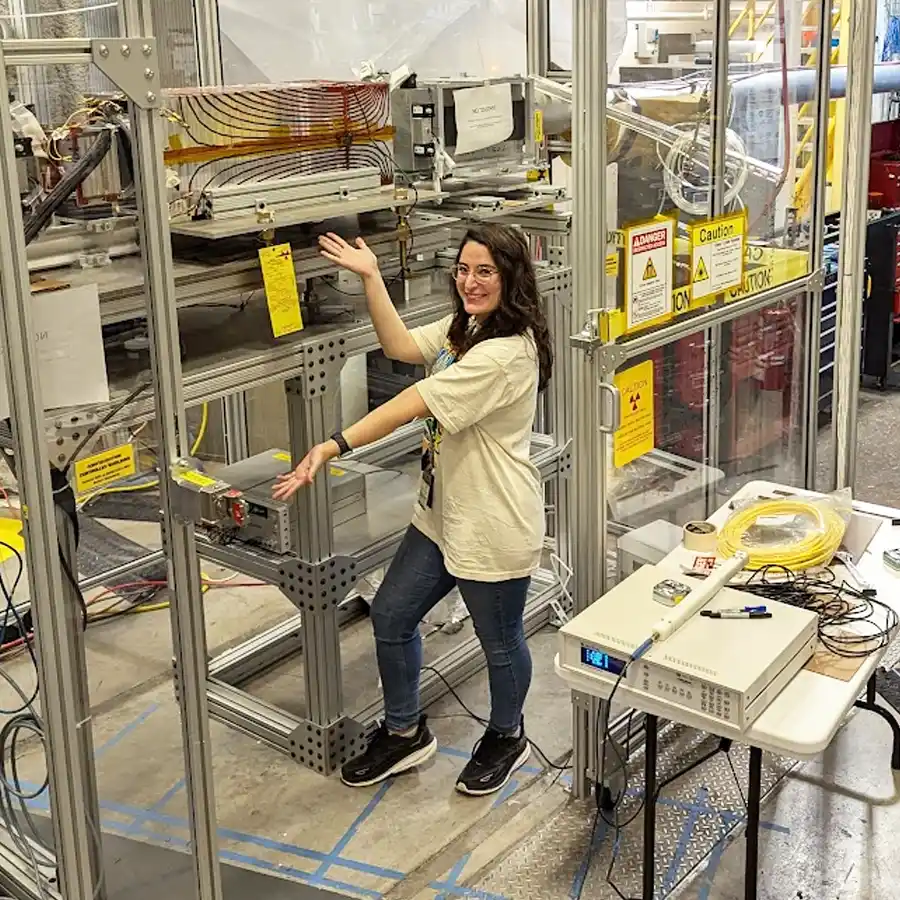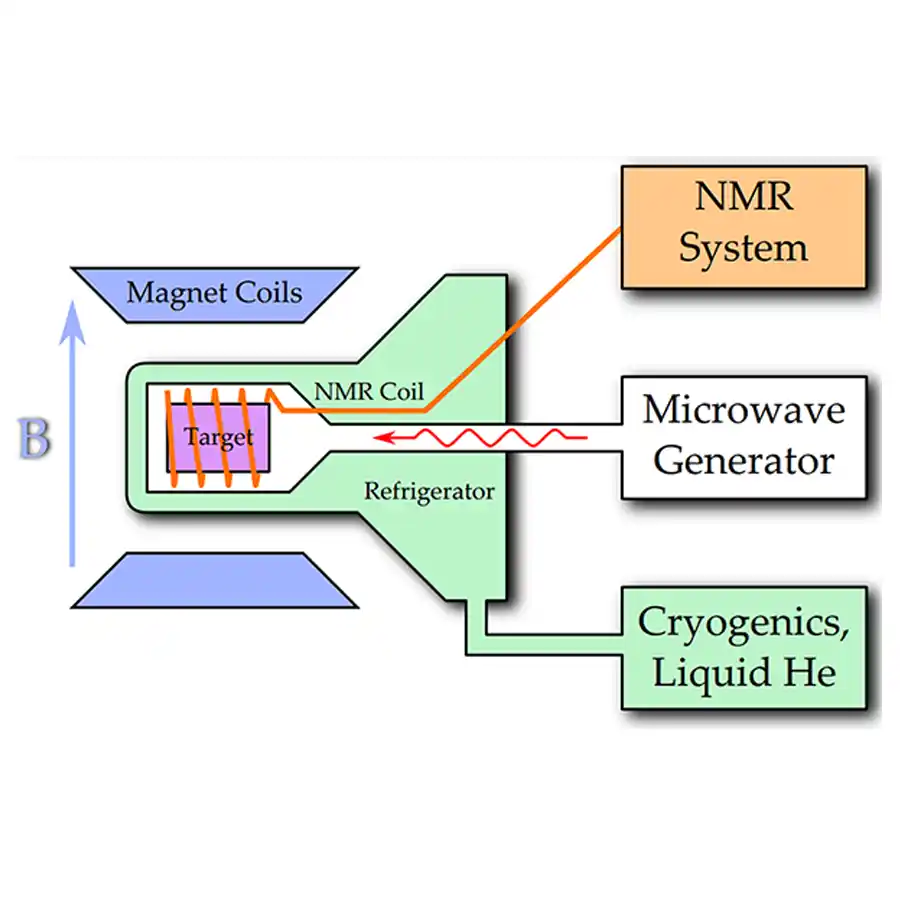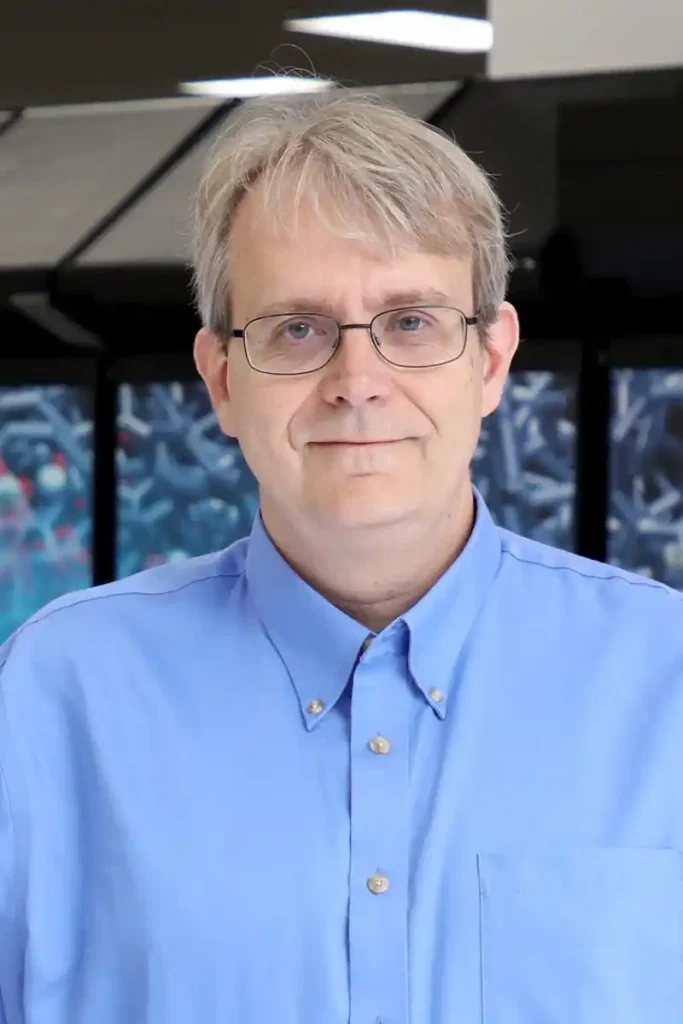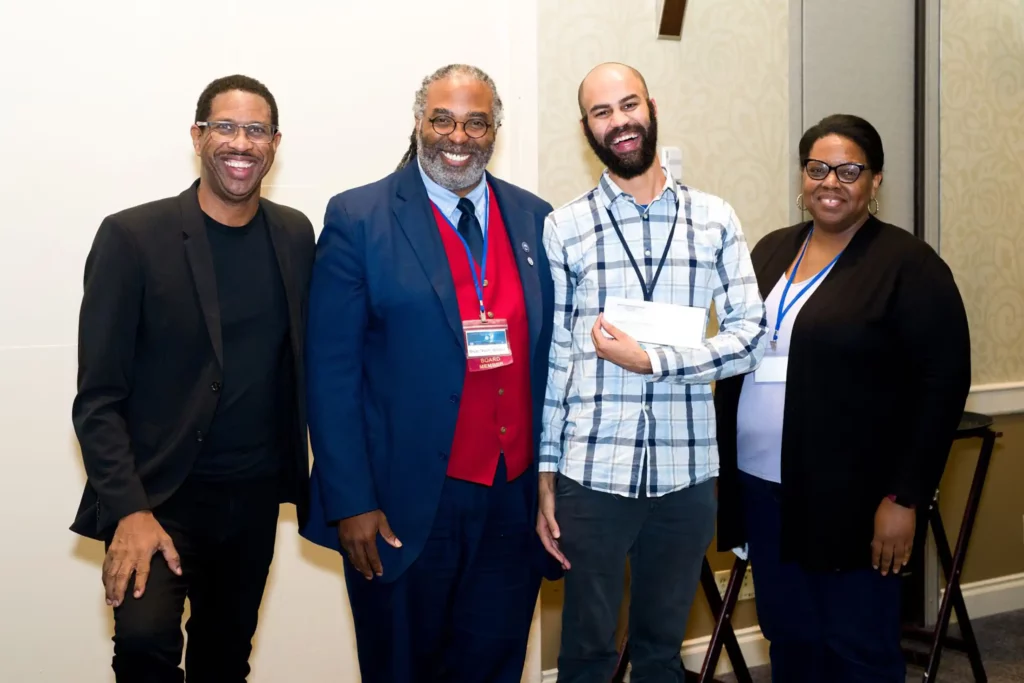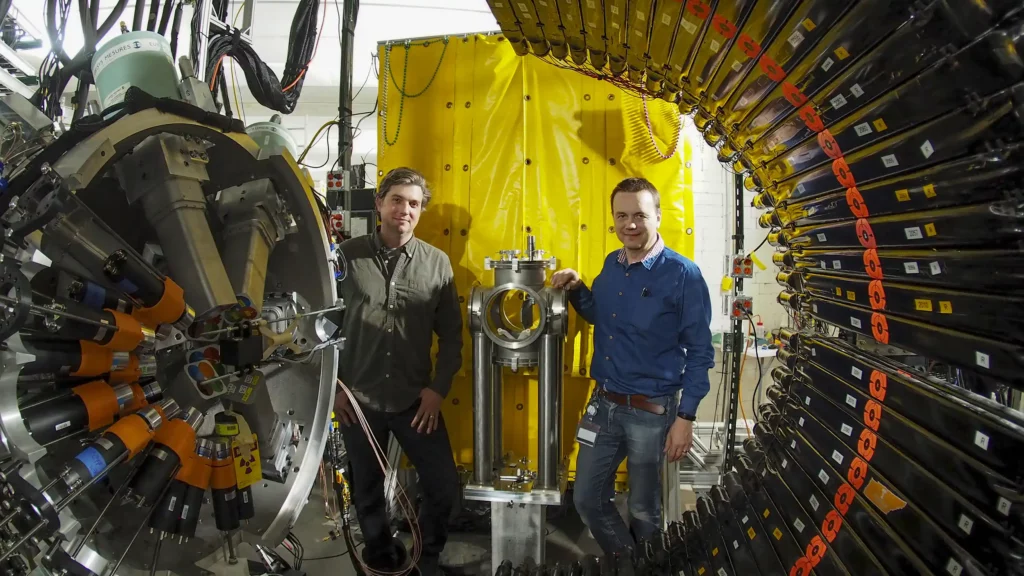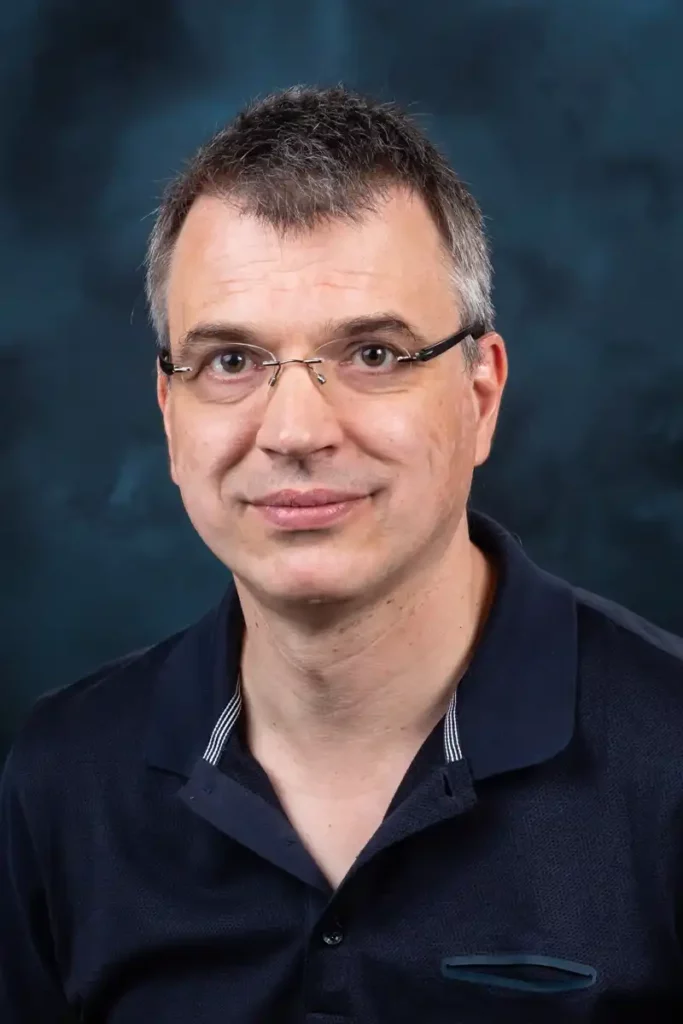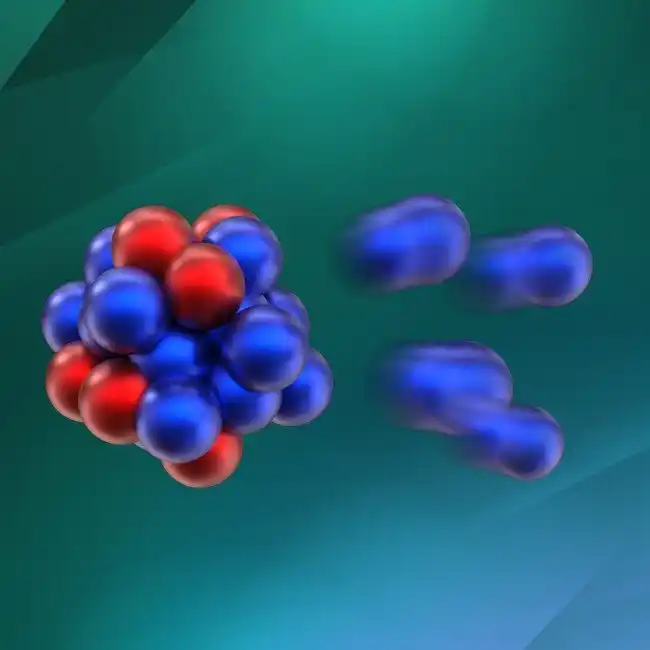
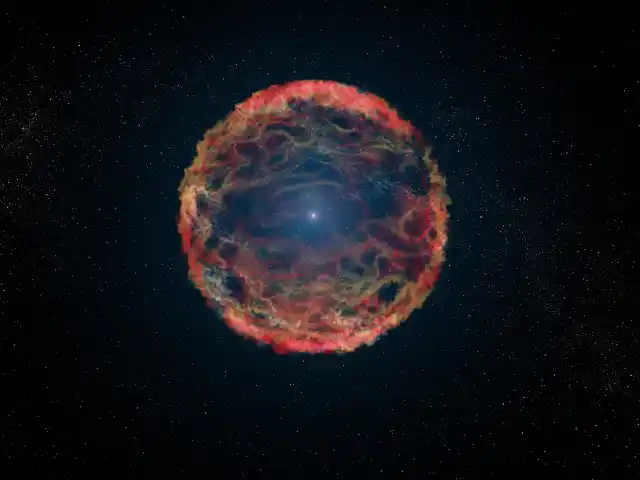
Understanding Nuclear Structure
The nuclear physics group at UT explores the structure of atomic nuclei: what holds them together, how and why they decay, and what that means for our understanding of the Universe.
Our astrophysicists focus on explosive stellar events and the associated nuclear astrophysics, including simulations of core collapse supernova, via ties to Oak Ridge National Laboratory’s Theoretical and Computational Physics Group. By studying these events and their nuclear products, which form much of ourselves and our world, they study an important link in the chain of history that connects us to the beginning of the Universe. UT also leads a collaboration on multi-messenger observations of neutron star mergers to probe the properties of hot and dense strongly interacting matter.
Our theorists help describe and compute atomic nuclei using effective field theories and quantum chromodynamics with help from supercomputing resources at ORNL. They’re part of the SciDAC collaboration, seeking an accurate and precise picture of nuclear interactions and a more sophisticated quantification of uncertainties so that they can make reliable predictions for stable nuclei and rare isotopes, the electroweak response of nuclei and nuclear matter, and nuclear fission.
Our experimental group develops techniques and detectors for studying nuclei at the limits of stability and leads the UT-ORNL Joint Institute for Nuclear Physics and Applications. They investigate the properties of the neutron to understand more about fundamental science like the Big Bang and spontaneous symmetry breaking. They study what happens to nuclear matter at extreme temperatures and densities with contributions to experiments like ALICE at CERN and PHENIX at RHIC. They’re also part of experimental nuclear physics research at facilities at Oak Ridge National Laboratory (including the Spallation Neutron Source), Jefferson Lab, RIKEN, and the Facility for Rare Isotope Beams.
With extensive expertise, strong collaborations, and powerful tools, UT’s nuclear physics faculty lead efforts to understand, describe, and predict the properties of atomic nuclei: the heart of every atom.
Top image courtesy of Andy Sproles, Oak Ridge National Laboratory
Nuclear / Astrophysics Faculty — Theory
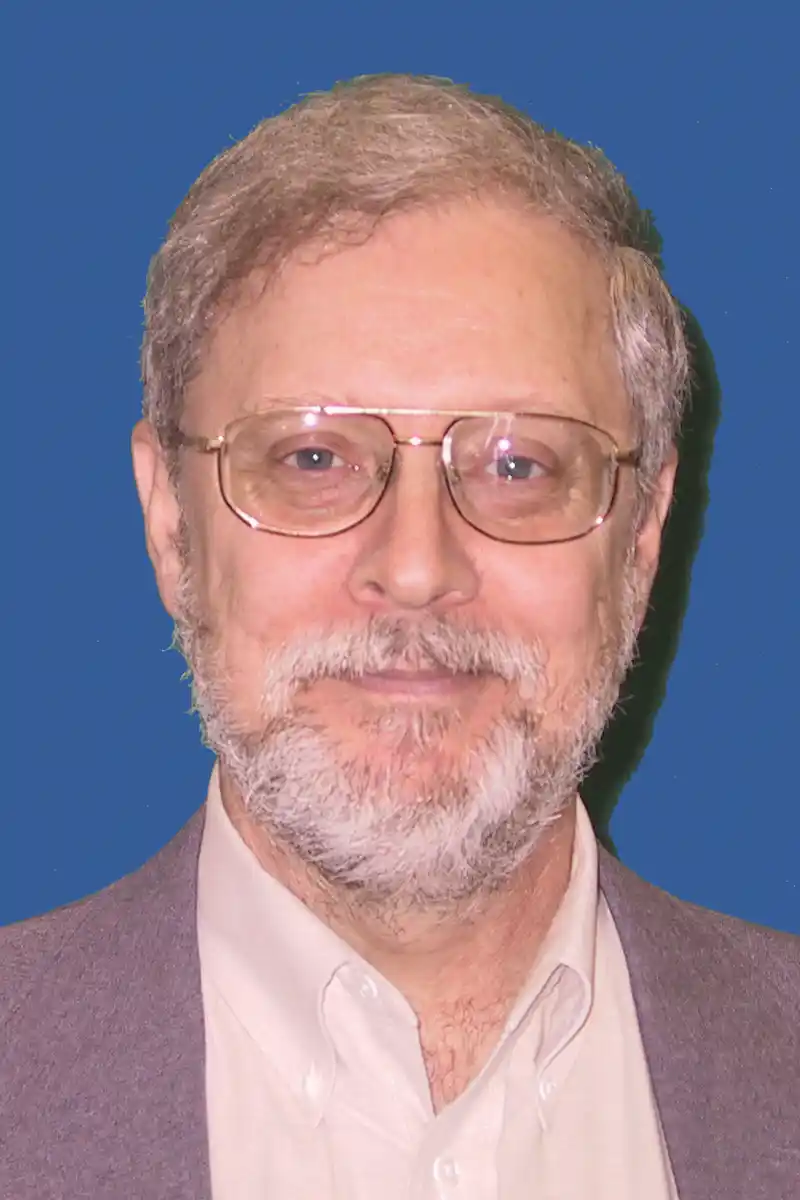


Anthony Mezzacappa
Newton W. and Wilma C. Thomas Endowed Chair and College of Arts and Sciences Excellence Professor
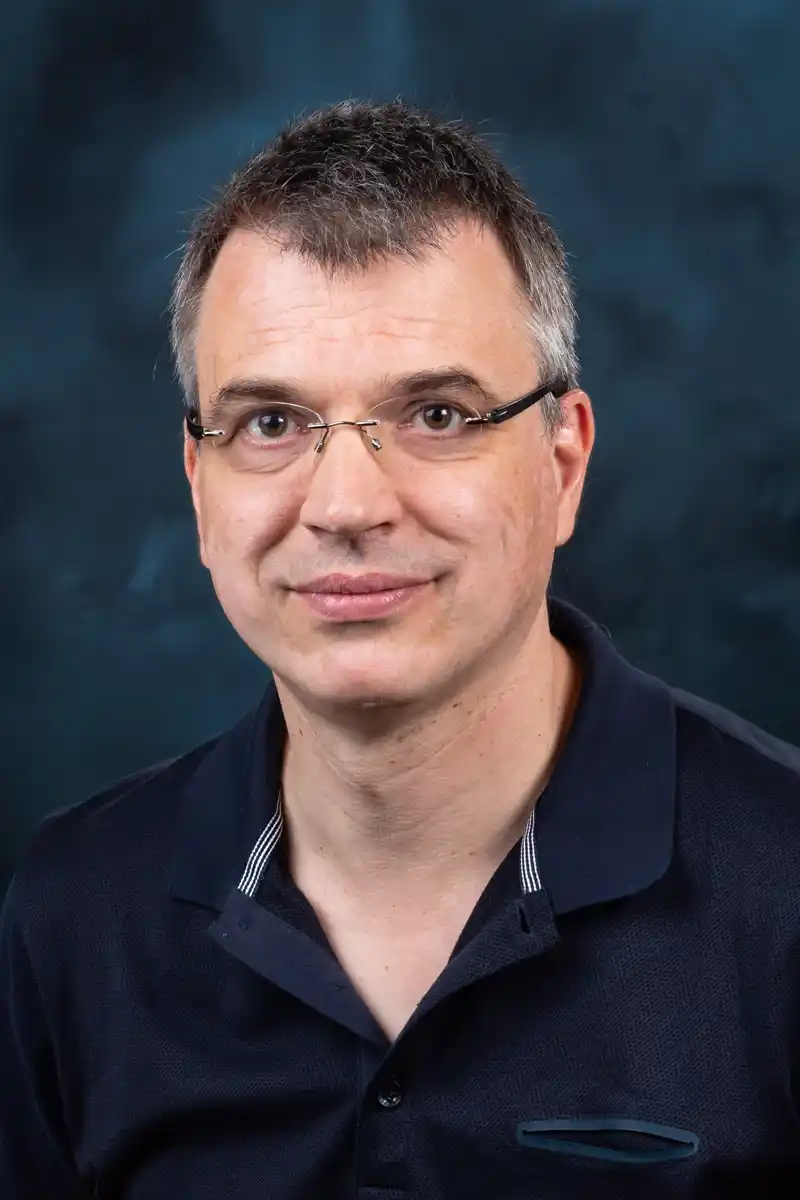
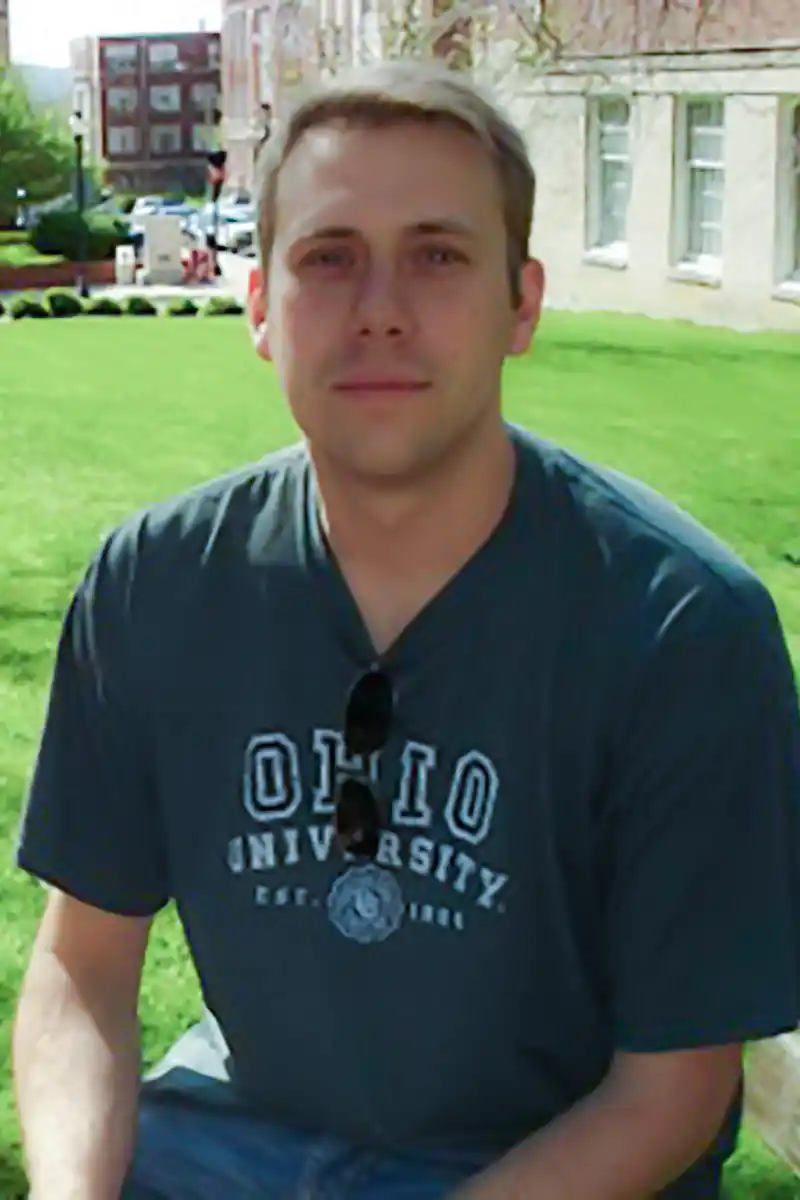
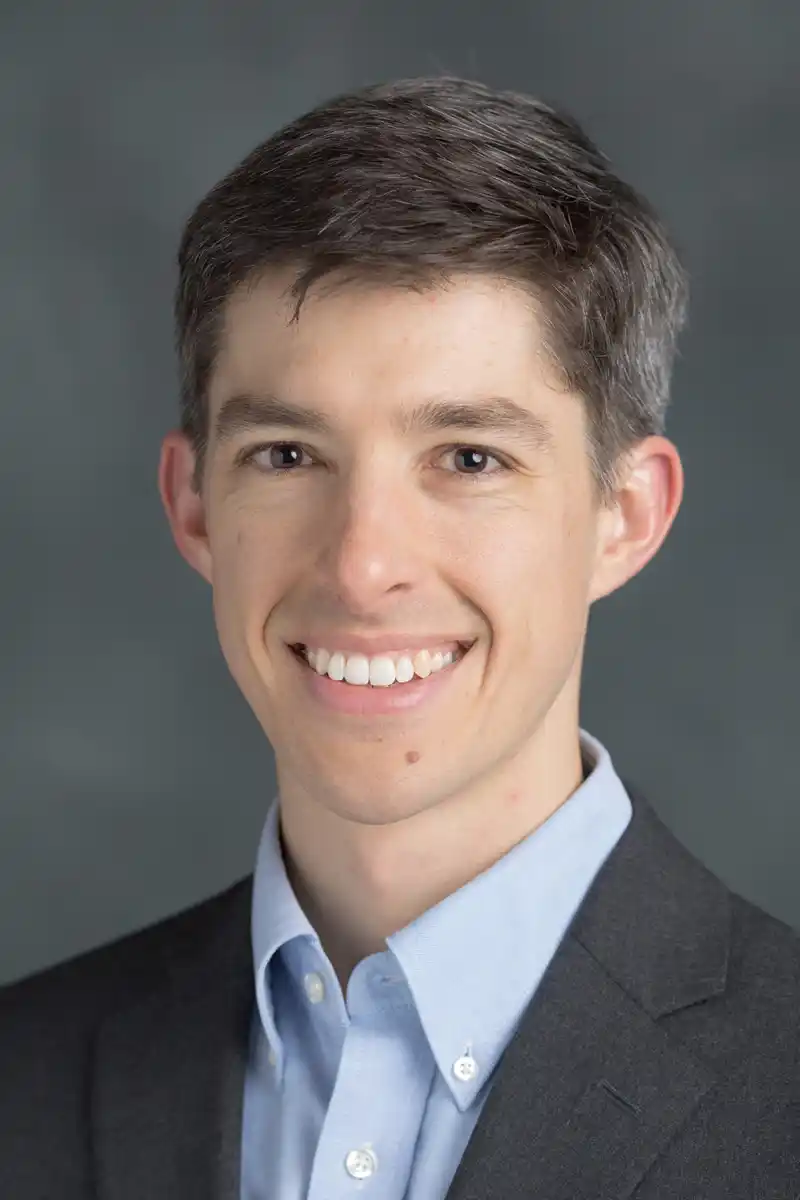

Nuclear / Astrophysics Faculty — Experiment
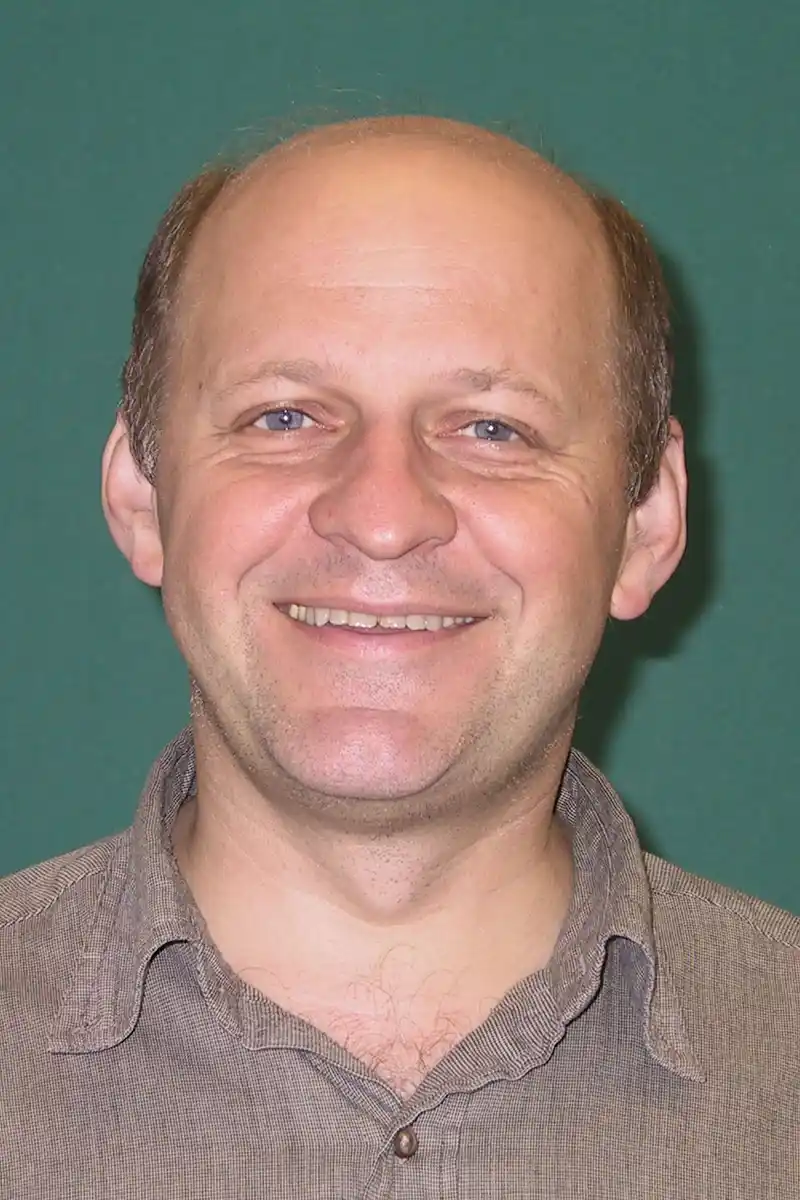
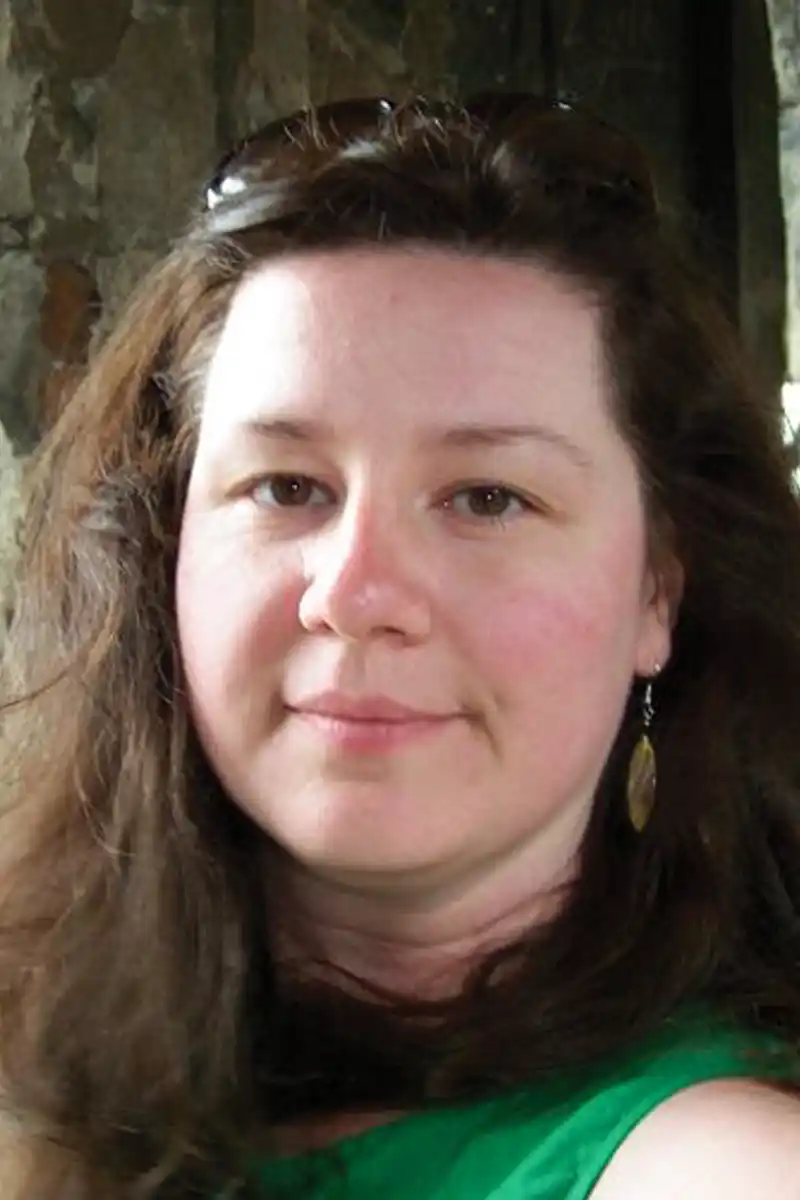
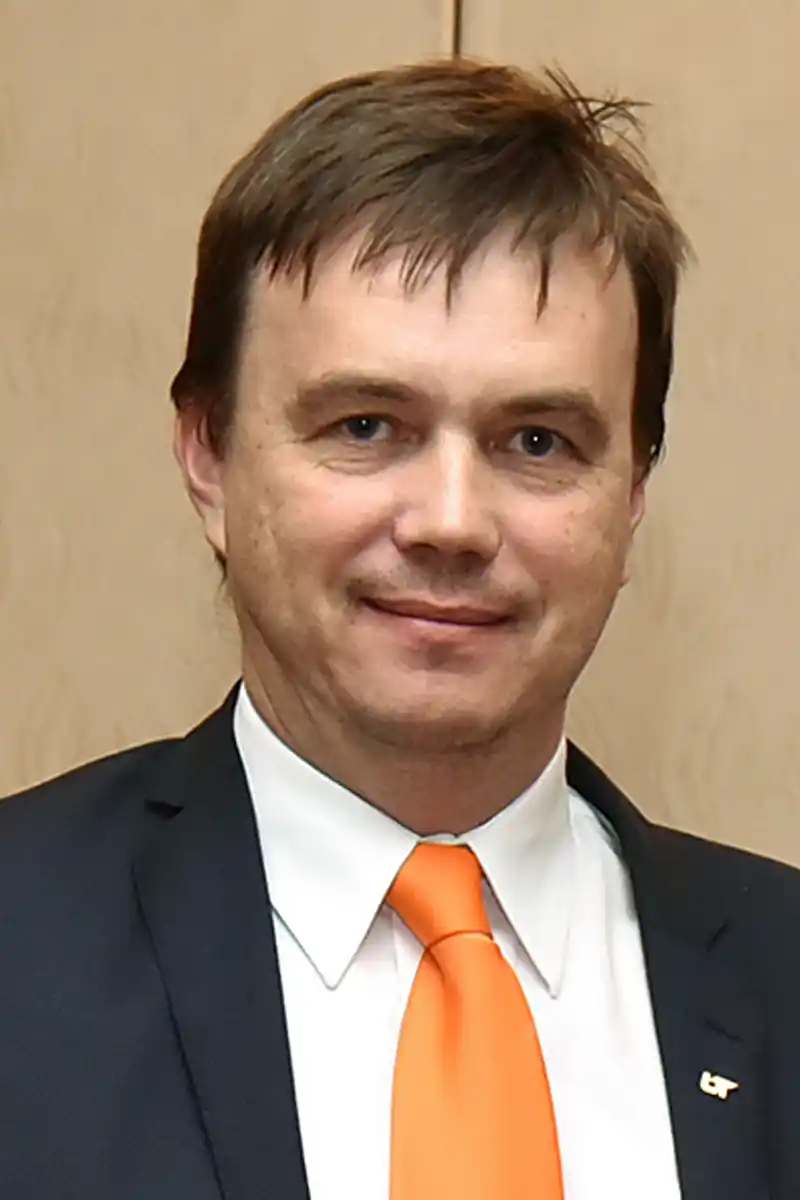
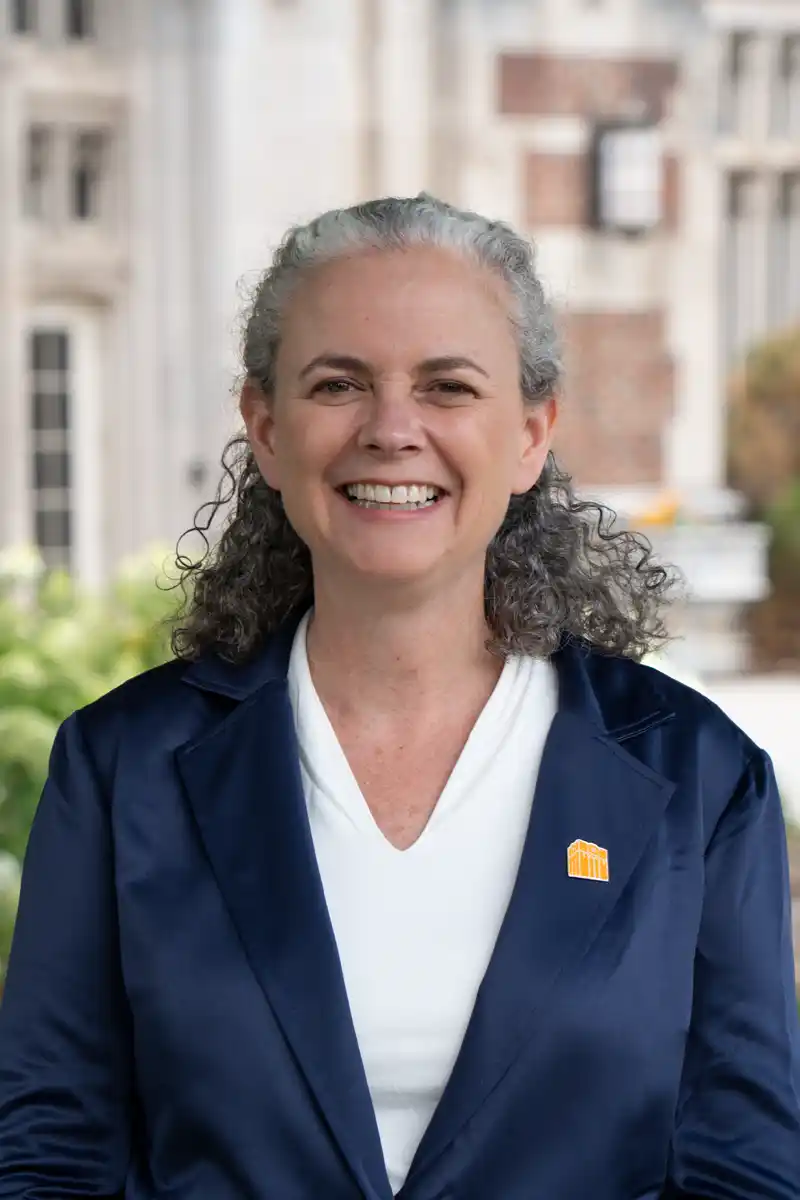
Kate Jones
Professor and Divisional Dean, Natural Sciences and Mathematics, College of Arts and Sciences
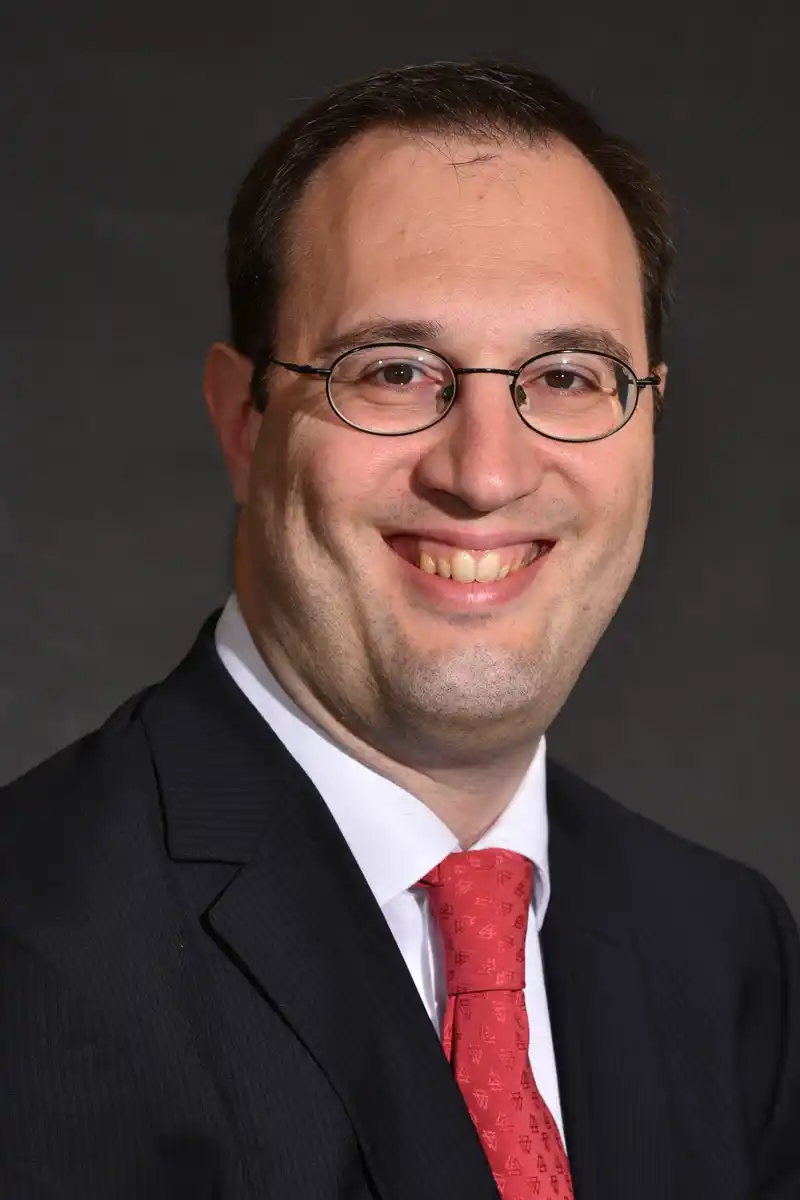
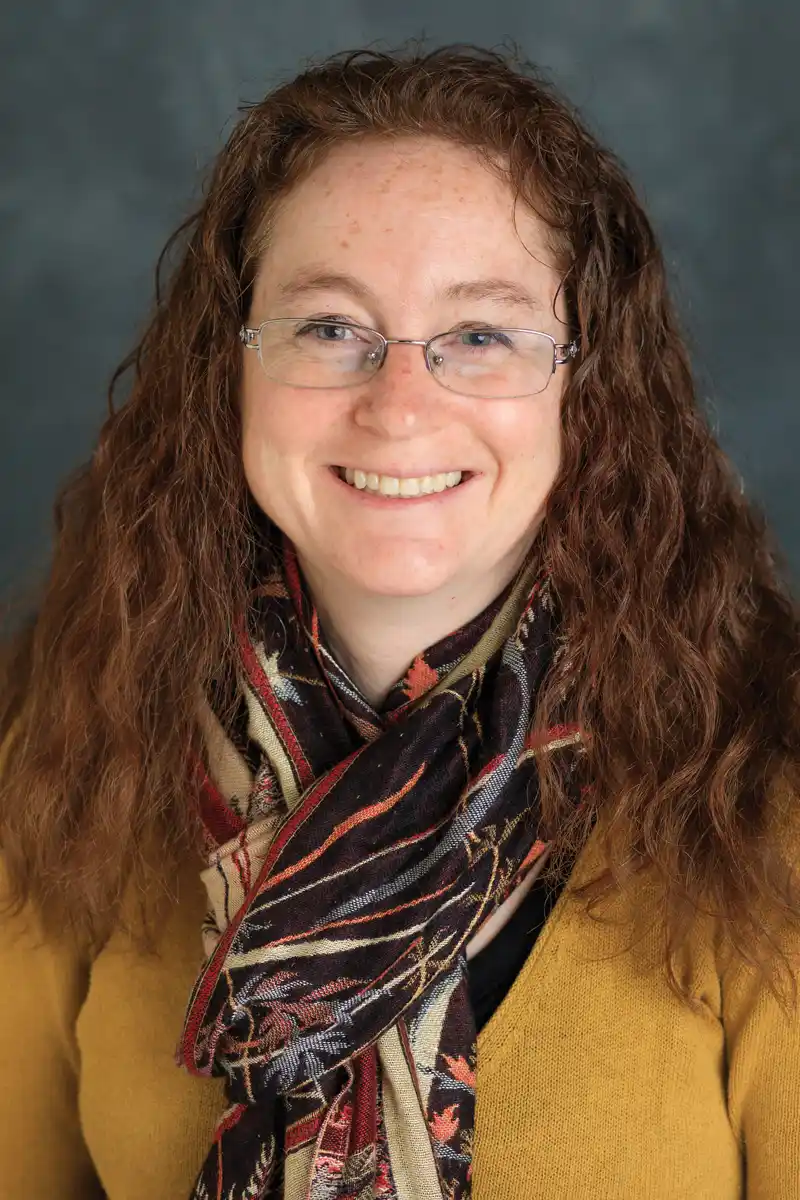


Nuclear / Astrophysics Faculty — Emeritus
Nuclear / Astrophysics Research Areas
Theoretical and Computational Astrophysics
The astrophysics group is a joint UT-ORNL collaboration whose primary scientific focus is on explosive stellar events and the associated nuclear astrophysics. These efforts profit immensely from world-class computational resources such as ORNL’s Titan and UT’s Kraken that are available to us. They use such tools to construct theoretical models for supernovae, nova, x-ray, and gamma-ray bursts. All of these events create new atomic nuclei and contribute them to the galaxy, forming the basis for new stars and planets. By studying these events and their nuclear products, which form much of ourselves and our world, they study an important link in the chain of history that connects us to the beginning of the Universe.
Affiliated Faculty: Michael Guidry, Raph Hix, Anthony Mezzacappa, and Sherwood Richers
Nuclear Theory
The atomic nucleus is the tiny center of an atom that contains practically all its mass. About 92 elements occur naturally on Earth, and these come in about 288 isotopes, characterized by the number of neutrons in the nucleus. In laboratories, however, more than 3,000 isotopes have been created, and thousands more are expected to exist.
These short-lived isotopes differ from the stable matter that surrounds us by an unusual ratio of protons and neutrons. The unusual proton-to-neutron ratio leads to profound changes in the structure of short-lived isotopes, and their understanding is key to answering questions about the nature of neutron stars, the origin of elements heavier than iron, and the end of the lives of massive stars. They are also fascinating quantum many-particle systems that display a very wide range of behavior, and this makes their study interesting in itself.
In recent years, nuclear theory has made important steps toward a much-improved and unified description of short-lived isotopes. Effective field theories (EFTs) of quantum chromodynamics (QCD), the theory of the strong interaction between quarks and gluons, enable us to derive and understand the nuclear forces in a systematic way. The ever-increasing availability of computational cycles allows us to compute the atomic nucleus without making uncontrolled approximations.
Effective field theories exploit a separation of scales and aim at describing a given physical system systematically and most economically. They are central to the research of the UTK-ORNL Nuclear Theory Group. We optimize nuclear forces based on EFTs of QCD for the description of medium-heavy nuclei. We employ and develop EFTs to describe and understand halo nuclei, i.e. exotic nuclei with very weakly bound nucleons that orbit the nucleus at an unusually large distance. We developed an EFT for the description of low-lying collective excitations in deformed rare earth and actinide nuclei. Using the supercomputers at ORNL, we have driven first-principles calculations of atomic nuclei to medium-heavy nuclei. Much of our research involves domestic and foreign collaborators, and we are members of the SciDAC-5 NUCLEI collaboration.
The description of heavier nuclei is not yet possible with first-principles calculations, but their structure is important to understanding the interaction between nucleons and the properties of neutron stars. In the UTK-ORNL Nuclear Theory group, we use phenomenological and mean-field models to describe both heavy nuclei which can be produced on earth, as well as more exotic materials like the neutron star crust.
Affiliated Faculty: Thomas Papenbrock and Lucas Platter
Experimental Low-Energy Nuclear Physics
This research program has wide overlap with people and facilities in the Oak Ridge National Laboratory Physics Division. The strengths and mutual interests of the experimental and theoretical efforts have led to a combined program that is among the world’s strongest university programs in nuclear structure physics. Even though research in this branch of nuclear physics has been conducted in some form for 40 years, the evolution of new ideas, directions, and tools has led to interesting new physics in recent years. Perhaps the two most visible aspects of nuclear structure research are the studies of nuclei at extremes of high angular momentum and at extremes of neutron/proton imbalance. These are exactly the two major areas of experimental and theoretical programs at UT.
In order to study nuclei far from stability, our faculty have in the past utilized isotope separators at Oak Ridge and CERN in Geneva, Switzerland, and more recently, the Fragment Mass Analyzer at Argonne National Laboratory, where UT has formed a collaboration to study the decay mechanism of proton radioactivity.
The other major thrust in UT’s nuclear structure physics program is the study of nuclei at high angular momentum and in extremes of shape deformation. The discovery of superdeformation has led to intense studies of nuclear collective modes with ever increasing arrays of gamma-ray detectors. Both our experimental and theoretical groups are extremely active in high-spin physics. At present, the world’s best detector for nuclei in extreme spin modes is called GAMMASPHERE, composed of 110 Compton-suppressed Ge counters. This detector is stationed at the Lawrence Berkeley National Laboratory and is a prime source of experimental data for the UT research group.
The experimental nuclear astrophysics group performs experiments in Earth-based laboratories to try to understand the nuclear reactions that occur in stars. This information is essential to unraveling observational data such as light curves and spectra in order to better understand the conditions for nucleosynthesis.
Affiliated Faculty: Robert Grzywacz, Kate Jones, and Miguel Madurga
Relativistic Heavy-Ion Physics
Studies of Hot and Dense Nuclear Matter: The main focus of our research is to study the properties of nuclear matter at high temperatures and densities where it will undergo a phase transition to a Quark Gluon Plasma (QGP) consisting of quarks and gluons. Our experimental studies are taken place within the ALICE Collaboration at the Large Hadron Collider (LHC) at CERN, Geneva, Switzerland and the PHENIX Collaboration at the Relativistic Heavy Ion Collider (RHIC) at Brookhaven National Laboratory, New York. The Quark Gluon Plasma was discovered at RHIC and later confirmed at the LHC. Surprisingly it behaves more like a superfluid gluon liquid with a smaller specific viscosity than any other material known. Our group has performed measurements of the energy density of the QGP and the interaction of fast heavy quarks, like charm and bottom quarks, with the surrounding QGP. We have also started a program in studies of the remnants of high energy quark and gluons moving through the QGP (jets). The common theme for all our measurements is to provide information that will enable us to better understand the many-body aspects of the fundamental theory, Quantum Chromo Dynamics, that describe the strong nuclear force.
Our group has for more than three decades worked in close collaboration with groups at Oak Ridge National Laboratory (ORNL) on the development of novel large-scale detectors and electronics as well as the analysis of experimental data. For the next several years we will be heavily involved in the upgrade of the ALICE detector together with ORNL and 8 other American institutions. We have also utilized the leadership computers at ORNL for hydrodynamics studies of the expansion of the QGP and we will continue to explore the opportunities for using these computers for the analysis of the data from the LHC.
Affiliated Faculty: Christine Nattrass and Kenneth Read
Fundamental Neutrons
Nadia Fomin and Geoff Greene lead research that addresses such questions as the origin of Time Reversal Non-invariance, spontaneous symmetry breaking, and the Big Bang by studying the particle properties of the neutron. Using the Spallation Neutron Source at ORNL as well as other intense neutron sources such NIST’s research reactor and the Institut Laue Langevin’s (Grenoble, France) high flux reactor, they investigate such experimental questions as the neutron electric dipole moment, the free neutron lifetime, and the details of parity violation in nuclear processes. The work involves a wide variety of techniques including charged and neutral particle detection, ultra-low temperature cryogenic system, polarized beams, etc. Professor Fomin is also pursuing electron scattering studies.
Affiliated Faculty: Nadia Fomin and Geoff Greene
Nuclear / Astrophysics Highlights
- One Experiment: Three Discoveries
- The FRIB Decay Station: New Horizons with Rare Isotopes
- Tying Multiscale Physics to Bedrock Theory
- Research Takes UT Faculty and Students to the Extreme
- Another SCGSR Award for UT Physics
- Managing Matter
- UT Future Polarized Target Development
- Knowledge (Gained from) Gaps
- Anthony Mezzacappa Elected AAAS Fellow
- In Search of the Beautiful and Unexpected
- Raph Hix Elected APS Fellow
- Shape-Shifting Nuclei
- Explaining Physics Beyond the Textbooks
- Where Instability is a Good Thing
- Getting Under the (Neutron) Skin
- Andrew W. Steiner Elected APS Fellow
Nuclear / Astrophysics Media Mentions
Detecting the gravitational wave memory effect from core-collapse supernovae
phys.org
December 17, 2024
Physics Faculty Honored for Excellence in Research and Teaching
UT College of Arts and Sciences News
March 28, 2024
Physics Faculty Honored For Excellence In Research And Teaching
UT College of Arts and Sciences
March 26, 2024
UT Physicists and Students Format PHENIX Data for Easy Access
Brookhaven National Laboratory
November 29, 2023
It may be possible to cram more neutrons into atomic nuclei than previously thought
Science Magazine
October 26, 2022



